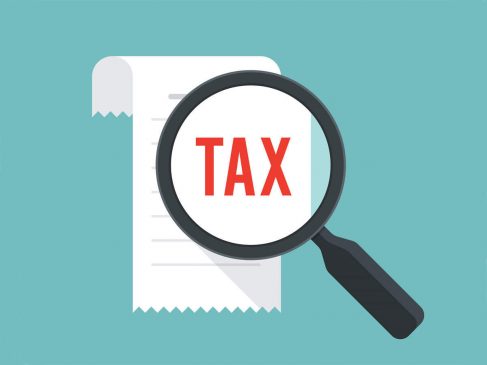Buybacks are becoming prominent from large-cap giants to small and mid-cap players and even promoters are seen to leveraging this strategy, says Rahul Bhutoria of Valtrust.
The Indian stock market has witnessed a significant shift in recent years in the way companies reward their shareholders. Share buybacks are now becoming the preferred choice over traditional dividends, according to Rahul Bhutoria, Director and Founder of Valtrust, a company providing asset management solutions to families, institutions and individuals.
He says this transformation is driven by a clear economic advantage: buybacks have emerged as a tax-efficient way for shareholders in the highest tax bracket to maximize their post-tax returns. “Buybacks are becoming prominent from large-cap giants to small and mid-cap players and even promoters are seen to leveraging this strategy without facing market backlash.”
In an email interaction with FE Money, Rahul Bhutoria sheds more light on the growing trend and what is more tax-efficient for shareholders. Edited excerpts:
Read More: Net direct tax mop-up grows 22% to Rs 10.60 lakh crore so far in FY’24, crosses 58% of budget target
What is behind this growing trend? Is it because of the tax treatment of both these categories? What are the taxation rules involved?
The Indian tax code has played a pivotal role in reshaping the investment landscape, particularly for high-income shareholders. The fundamental difference lies in the tax treatment of buybacks versus dividends. When a company conducts a buyback, it is subject to a flat rate of 23.296% tax on the distributed income. In contrast, shareholders receiving dividends face a 37% tax rate, excluding surcharges. This tax differential is substantial and makes buybacks an attractive option for those in the highest tax bracket.
Is Buyback more beneficial to individuals in the higher tax bracket?
The post-tax realization for high-tax bracket investors is nearly 45% higher when a company opts for a buyback rather than distributing dividends. This financial incentive has led to a surge in buyback activity, as companies aim to keep their high-earning shareholder’s content.
Read More: High Court orders tax refund of over Rs 1k crore to Voda Idea
What is the trend you are seeing in the small and mid-cap space w.r.t buybacks vs dividends? How can individuals in lower tax brackets benefit?
The buyback trend isn’t exclusive to large-cap conglomerates; small and mid-cap companies are also diving headfirst into this tax-efficient strategy. Traditionally, smaller players often shied away from buybacks due to financial constraints, but they now see it as a viable option to reward shareholders while minimizing the tax burden.
Data reveals that small and mid-cap companies are increasingly utilizing buybacks as a financial tool to enhance shareholder value. The reasons behind this trend are twofold:
- Firstly, tax benefits make it an attractive proposition for shareholders in the highest tax bracket, irrespective of the company’s market capitalization.
- Secondly, it’s a strategic move for companies to optimize their capital allocation, particularly when they have surplus cash on their books.
Read More: Section 80D Tax Deductions: Your guide to Smart Healthcare investment
How can individuals in lower tax brackets benefit? Is dividend the only way out for them?
The company doing the buyback is liable to pay tax at a flat rate of 23.296% [Rate of tax of 20% (plus surcharge @ 12% plus Health and education cess @ 4%)] of distributed income. In case of an individual, if your Income tax slab is below this rate, then dividend will be more beneficial for the taxpayer.
Disclaimer: Views or suggestions expressed above are the personal opinions of the respective experts/commentators quoted in the article. Readers are advised to consult their financial advisors before investing in any market-linked instrument.





































